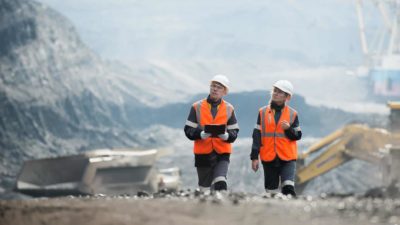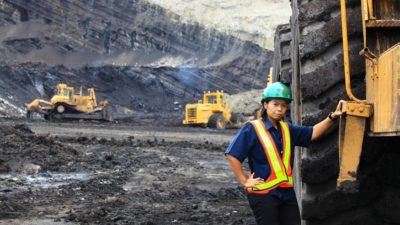The BHP Group Ltd (ASX: BHP) share price underperformed the benchmark in the financial year just past.
Shares in the S&P/ASX 200 Index (ASX: XJO) mining giant closed out FY 2023 trading for $44.99. On Friday, the last trading day of FY 2024, shares ended the day changing hands for $42.68 apiece.
That saw the BHP share price down 5.1% over the 12 months, significantly trailing the 7.8% gains posted by the ASX 200 over this same period.
Now, this doesn't include the (rounded) $2.35 in fully franked dividends BHP shares delivered over the year.
If we add those back in, the accumulated gains for the BHP share price work out to 0.1%.
Of course if we add dividends back in to the ASX 200 returns, the S&P/ASX 200 Gross Total Return Index (ASX: XJT), which includes all cash dividends reinvested on the ex-dividend date, gained 12.1% over this time.
Here's what went right and what went wrong for BHP over the 2024 financial year.
Headwinds and tailwinds for the BHP share price
Things were looking up for the BHP share price when the first half of FY 2024 wound down.
On 20 December, shares closed the day at $50.72, 16% above current levels.
Now, as you may be aware, iron ore counts as BHP's biggest revenue earner with copper coming in at number two.
A look at how these industrial metals performed gives us some valuable insight into the two distinctly different half years the miners faced.
Iron ore kicked off FY 2023 trading for around US$110 a tonne. On 3 January, the steel-making metal topped US$144 a tonne, helping drive the big surge in the BHP share price.
But amid ongoing weakness in China's property and industrial sectors, the iron ore price dropped to US$100 a tonne in early April and is currently trading for US$106 a tonne.
Copper has been more resilient. The copper price stood at US$8,315 a tonne at the beginning of FY 2024 before hitting near-record highs of US$10,890 in late May. But the copper price, too, has retraced since then, currently fetching US$9,600 a tonne.
Overall this saw the miner performing quite well in the first half of the year.
For the six months to 31 December, BHP reported a 6% year on year increase in revenue to US$27.2 billion.
And underlying profit was flat at US$6.6 billion. Though that did not include two massive exceptional items. Namely its US$2.5 billion impairment of Western Australia Nickel and a US$3.2 billion cost related to the Samarco tailings dam failure in Brazil.
The Anglo American takeover saga
At the end of the day, it's hard to say whether the BHP share price was helped or hindered when the ASX 200 miner's $74 billion takeover offer for global miner Anglo American (LSE: AAL) eventually fell through.
A successful acquisition would have seen BHP become the biggest copper producer on the planet. Though this would have required a big cash splash and some tricky South African asset divestments from Anglo.
Atop Anglo American's copper assets, BHP would also have acquired its Queensland coal assets, including the Grosvenor mine.
Though not taking ownership of Anglo's Grosvenor coal mine may be a mixed blessing. Over the weekend, an underground fire forced the closure of the coking coal mine, which is likely to remain shuttered for at least several months.
On the first day of FY 2025, the BHP share price finished trading at $43.30, up 1.45%.









